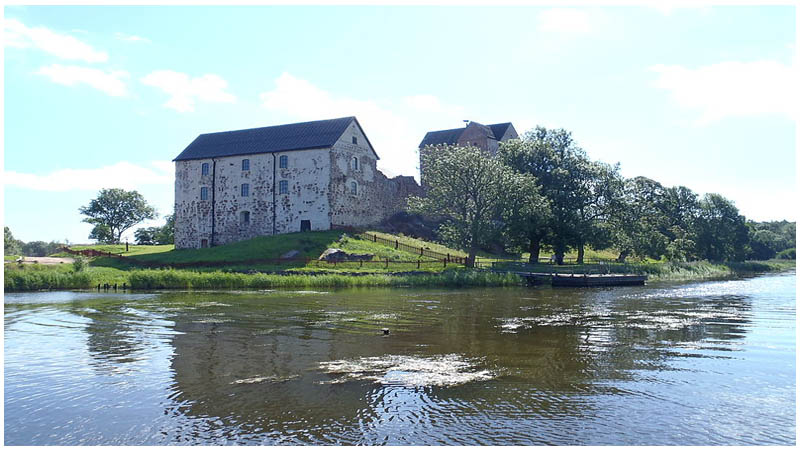Kastelholm Castle is located off Road 2 in the municipality of Sund, in the islands of Åland, Finland. Facing a gorgeous fjord, the medieval castle’s beginnings can be found during the 1380s. Construction began initially on the castle’s south side.
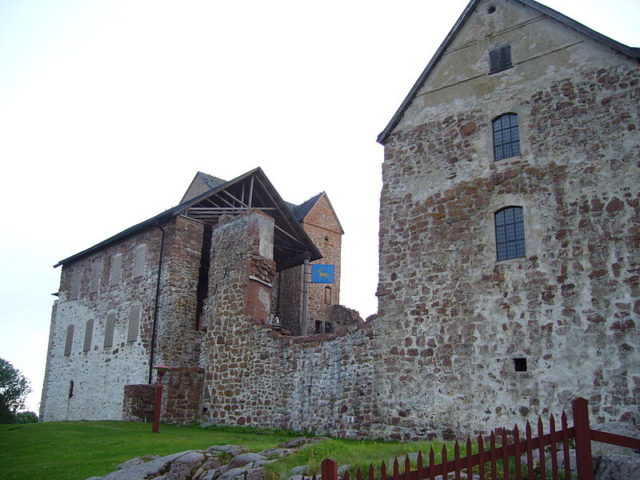
The castle was constructed in order to further reinforce the presence of the Swedish on the island of Åland. The first recorded reference to the castle was in the contract of Queen Margaret I. Dated 1388, the contract outlines the transfer of the land as a gift to the Queen from Bo Jonsson Grip, the first occupier of the castle.
The castle was actively used in the 15th and 16th centuries. It was besieged for the first time in 1433 during the Engelbrekt Rebellion. At the time, it belonged to a Swedish noble by the name of Ida Königsmarck, the daughter of Henning Königsmarck.
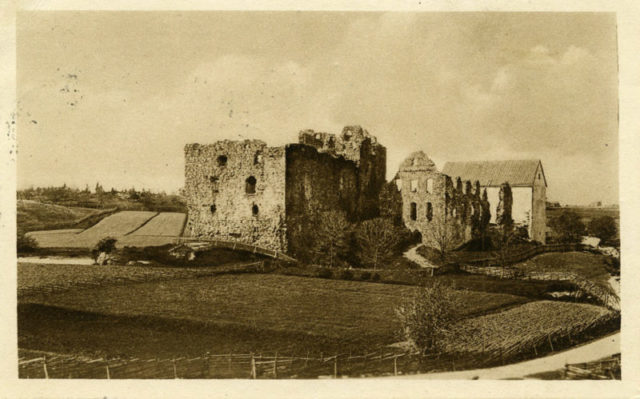
Ida fought heroically for the castle and became well-known for her performance in the siege. After Ida, the castle and fief of Kastelholm went to Niels Eriksen Gyldenstjerne.
Gyldenstjerne’s job was to take care of the castle, walls, and buildings “in return for enjoying the revenue from the taxes, fees and fines,” writes David Kirby in his book A Concise History of Finland. Kirby further states that “…the holding of fiefs was confined to the small circle of powerful nobles… it did not spread to the lesser nobility.”
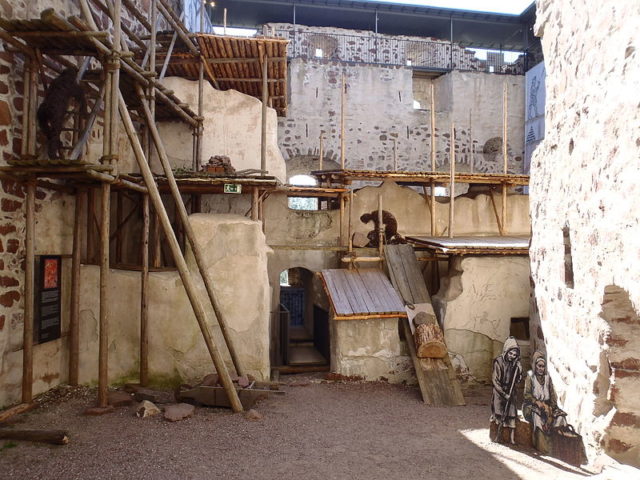
One of the most notable extensions of the castle was carried out under the order of Gustav I of Sweden, who loved to use the grounds for hunting. Only the king and the governor were permitted to used he surrounding forests for hunting.
As the castle was built on an island and therefore close to water, a shipyard was erected in the 16th century, which employed no less than 50 shipbuilders. In 1505, the Swedes lost the castle when it was besieged by Søren Norby, a Danish naval officer.
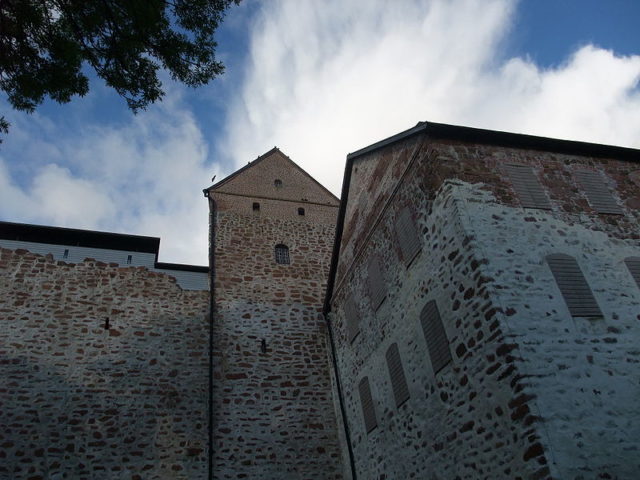
As the 16th century was nearing its end, the castle became a prison for Eric XIV of Sweden, who was locked there in 1571 on the orders of John III of Sweden, his brother. From 1568 to 1621, the castle was in the ownership of Eric’s stepmother, Catherine Stenbock, the Queen of Sweden.
The army of King Charles IX came to attack the castle in 1599, during the War of Deposition against Sigismund. The walls were severely damaged by cannon fire and the king was successful in capturing the castle, defeating Catherine Stenbock.
Thirty years later, the castle went through a phase of renovation. Despite the extensive work, the Åland Islands became part of the County of Åbo and Björneborg, and as a result the castle lost its important status. Consequently, it slipped into a state of decay. Its condition continued to worsen, and by the end of the 17th century Kastelholm Castle was in a state of serious disrepair.A massive fire engulfed part of the castle in 1745, burning it to the ground. Despite the damage, it was used a jailhouse for a number of years, but in the 1770s it was fully abandoned. During the 1830s, part of the castle was renovated and turned into granary by local farmers.
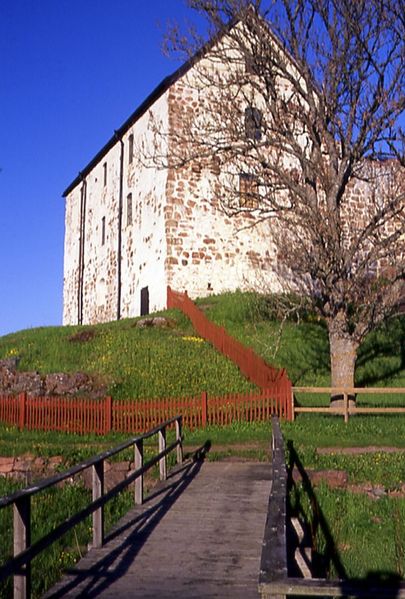
From 1982 to 1989, major renovations were carried out in order to preserve the castle. Today, most of the property has been restored and is open to the general public. Kastelholm Castle now attracts great numbers of tourists and is home to a renowned medieval festival, which takes place each July.
